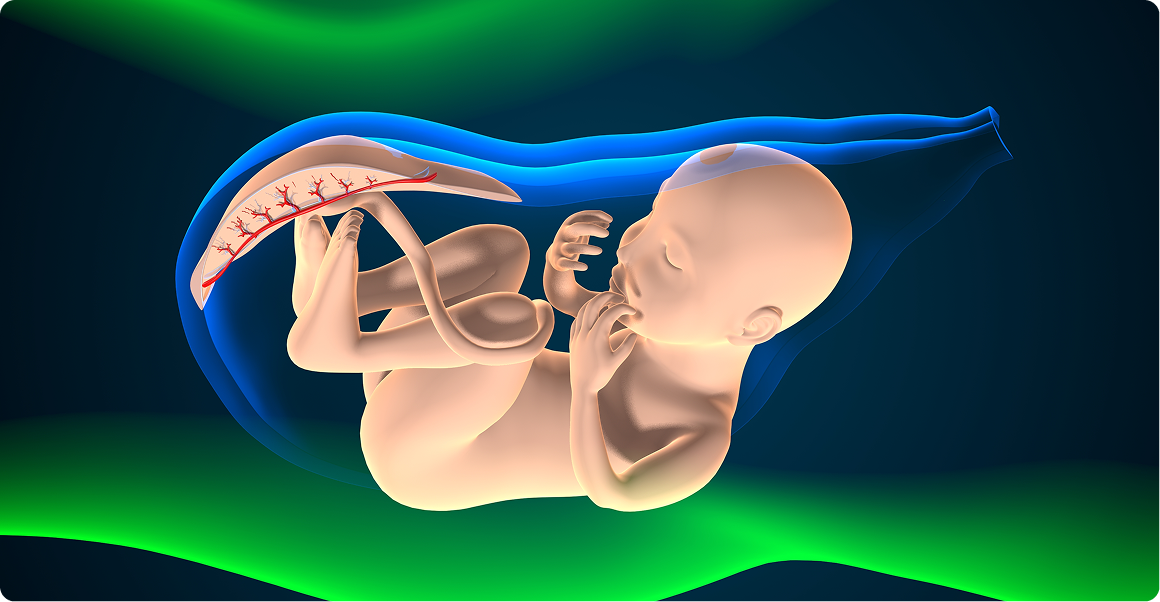Feeding Tube Insertion

Feeding Tube Insertion
Feeding tube insertion,Opting for in-home medical procedures can be a practical choice, offering several advantages. It saves time, as patients and caregivers do not need to travel to a hospital or clinic. This approach is often more cost-effective than hospital-based care. By staying at home, patients can conserve their energy, which is especially beneficial for those with limited mobility or chronic illnesses. In-home care reduces exposure to hospital environments, lowering the risk of acquiring hospital-associated infections. Patients typically feel more comfortable and less stressed in their own home environment. This comfort can positively impact recovery and overall well-being. Home-based care allows for personalized attention, tailored to the individual's specific needs. Family and caregivers can be more actively involved in the patient's care routine. However, it's important to ensure that in-home procedures are carried out by qualified healthcare professionals to maintain safety and effectiveness.
What is a Feeding Tube?
A feeding tube is a medical device used to provide nutrition to individuals who cannot obtain nutrition by mouth, are unable to safely swallow, or need nutritional supplementation. The use of a feeding tube is also known as enteral feeding or tube feeding. There are several types of feeding tubes, and they can be placed in different ways depending on the patient's needs. The main types include:
-
Nasogastric (NG) Tubes: These tubes are inserted through the nose, down the throat, and into the stomach. They are typically used for short-term feeding, often in hospital settings.
-
Nasojejunal (NJ) Tubes: Similar to NG tubes, these are passed further into the small intestine (jejunum). They are used when the stomach needs to be bypassed.
-
Gastrostomy Tubes (G-Tubes): These are surgically inserted directly into the stomach through the abdominal wall. They are used for long-term feeding. The most common type of gastrostomy tube is the percutaneous endoscopic gastrostomy (PEG) tube.
-
Jejunostomy Tubes (J-Tubes): Like G-tubes, these are surgically placed, but they go directly into the small intestine. They are used when the patient cannot use their stomach for feeding.
-
Gastro-Jejunal (GJ) Tubes: These are a combination of G-tube and J-tube, allowing access to both the stomach and the small intestine.
Feeding tubes can be used to provide all the nutritional needs of a person or as a supplement to oral intake. The type of formula and the amount of nutrition given through a feeding tube depend on the individual’s specific needs, which are determined by healthcare professionals.
What can be fed through NGT?
Feeding through a Nasogastric Tube (NGT) involves the administration of specially formulated liquid nutrition, as well as medications and fluids, as needed. The contents must be suitable for administration through the tube and safe for the digestive system. Here's a more detailed look at what can be fed through an NGT:
-
Enteral Nutrition Formulas
-
Blended Diets
-
Liquids
-
Medications
How can our nurses help?
The maintenance and management of a Nasogastric Tube (NGT) involve several key practices:
-
Routine Replacement
-
Clearing Blockages
-
Reinsertion if Dislodged
-
Initial Placement
-
Education for Caregivers
These practices are essential to ensure the effective and safe use of the NGT, providing the necessary care for patients who require enteral feeding.

Why do feeding tube insertions at home?

Save on hospital visits
Avoid long waits and reduce the risk of infections in the hospital

Comfort and privacy
Nursing procedures can be done in the comfort of your home with the same level of effectiveness as in the hospital

Faster response time
We are able to get a nurse to you in as quickly as 2 hours (urgent charges may apply)

Lower overall cost
No hefty ambulance and A&E fees